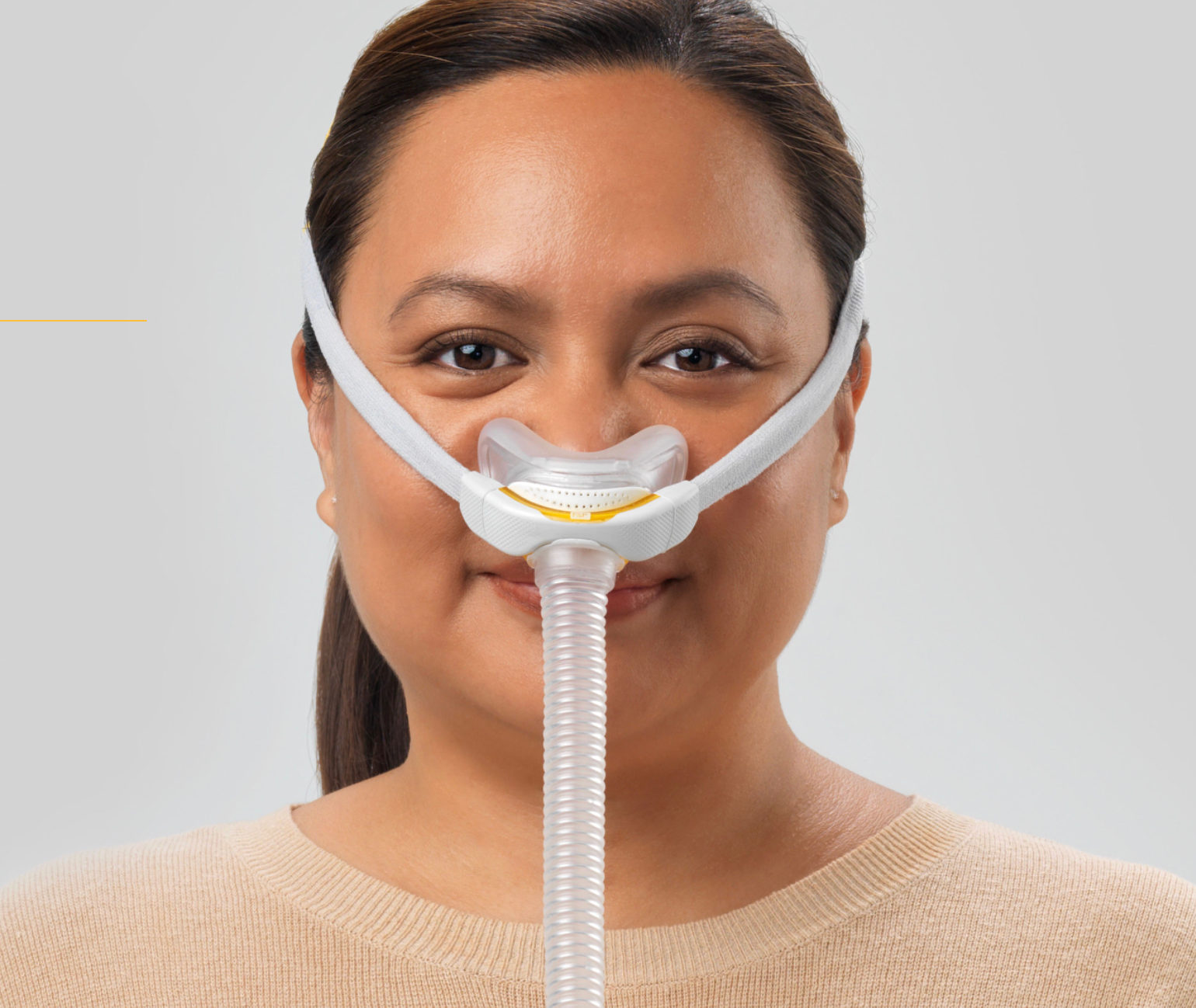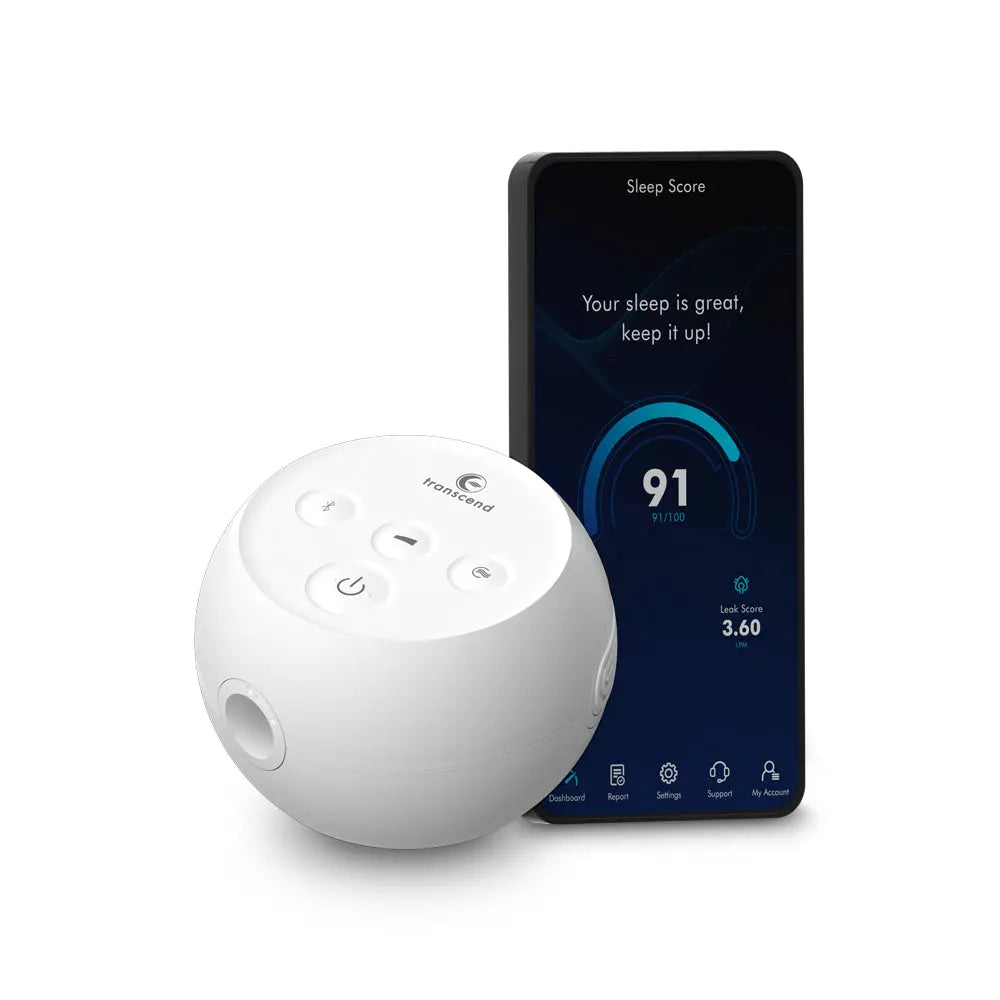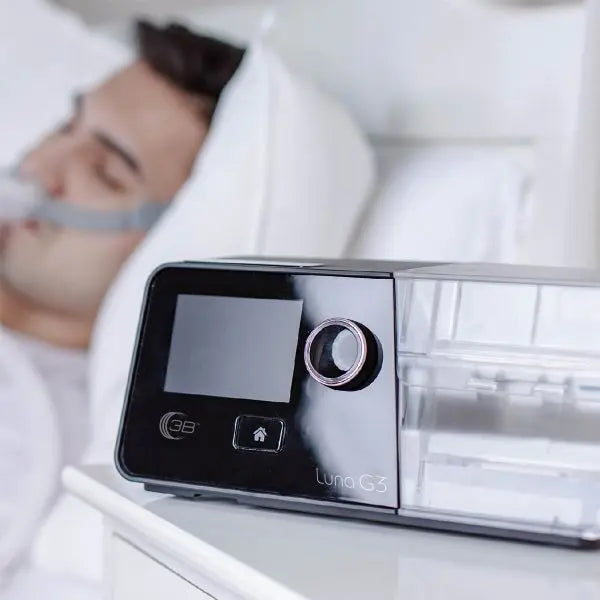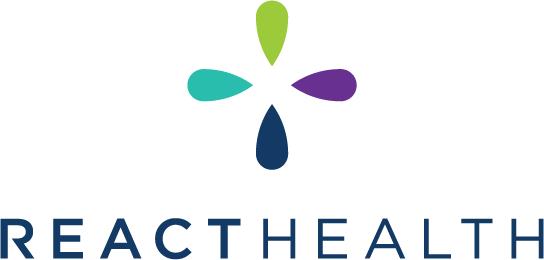Apple Watch Series 10: Transforming Sleep Apnea Detection with Wearable Technology
Apple has long been at the forefront of merging technology with health, and the new Series 10 Apple Watch pushes these boundaries even further by incorporating a sleep apnea detection feature. Sleep apnea, a disorder characterized by repeated interruptions of breathing during sleep, affects millions of people worldwide, many of whom remain undiagnosed. The implications of untreated sleep apnea extend far beyond feeling tired during the day; it has been linked to cardiovascular diseases, memory problems, and even a higher risk of accidents. By introducing this feature, Apple aims to offer early detection that could prompt users to seek professional help, making it a potential game-changer in personal health management.
Understanding Sleep Apnea
Sleep apnea occurs when the muscles of the throat relax excessively during sleep, leading to the collapse of the airway and intermittent pauses in breathing. These pauses can last from a few seconds to a minute or more, disrupting the sleep cycle and reducing the oxygen levels in the blood. The two primary forms of sleep apnea are obstructive sleep apnea (OSA), where physical blockages cause breathing interruptions, and central sleep apnea, which is related to the brain's inability to properly regulate breathing during sleep. Obstructive sleep apnea is by far the most common, and it often goes unnoticed by those affected since the interruptions happen during sleep.
People with sleep apnea often experience symptoms such as loud snoring, choking or gasping for air during sleep, waking up feeling unrefreshed, morning headaches, and daytime sleepiness. The condition has been linked to serious health issues like high blood pressure, stroke, heart attack, atrial fibrillation, and diabetes. Many people with sleep apnea also face cognitive challenges, such as difficulty focusing or memory issues, and there is growing evidence connecting untreated sleep apnea to an increased risk of dementia.
Why Early Detection Matters
The dangers of untreated sleep apnea are substantial. Cardiovascular stress due to repeated oxygen deprivation and spikes in blood pressure during sleep significantly increase the risk of heart disease. People with untreated sleep apnea are also at risk of metabolic disorders, as the fragmented sleep cycle interferes with the body's ability to regulate hormones related to hunger and stress, contributing to weight gain and insulin resistance.
Early detection of sleep apnea can prevent the long-term health issues associated with this condition, yet millions of cases remain undiagnosed. Traditional diagnosis requires an overnight sleep study, either in a clinic or through an at-home device that monitors various physiological metrics. These tests can be costly, time-consuming, and inconvenient, which often deters people from getting tested until their symptoms are severe. This is where wearable technology, such as the new Apple Watch, can play an important role.
Apple's Approach: Sleep Apnea Detection Through Wearables
The Apple Watch Series 10 utilizes an advanced accelerometer to detect breathing irregularities during sleep. The accelerometer is a sensitive motion sensor capable of measuring the subtlest wrist movements, which correspond with respiratory patterns during sleep. The watch tracks these patterns continuously over 30 nights to determine if there are frequent interruptions indicative of sleep apnea.
When the watch detects at least ten sessions where breathing pauses occur, and at least five of those sessions show abnormally high numbers of pauses, it sends a notification suggesting that the user may have sleep apnea. By focusing on extended data collection—monitoring over an entire month—Apple's algorithm aims to minimize false positives, a critical concern when dealing with health-related features that could cause undue anxiety for users.
One key aspect of the Apple Watch's sleep apnea detection feature is that it requires user opt-in. The feature is not activated by default, which means that users need to be aware of and actively engage with the technology to benefit from it. This approach provides users with control, ensuring that health data collection is consensual and intentional.
The Role of Wearable Devices in Health Monitoring
Wearable technology has increasingly become a staple in personal health management. Beyond sleep tracking, wearables like the Apple Watch are used for heart rate monitoring, detecting irregular heart rhythms like atrial fibrillation, tracking daily physical activity, and even monitoring blood oxygen levels. These devices empower users with real-time data, providing insights that can help them make better lifestyle choices or prompt discussions with healthcare providers.
The sleep apnea detection feature builds on this foundation by integrating more specialized health metrics into a device already designed for everyday use. While traditional diagnostic tools for sleep apnea involve bulky sensors and often uncomfortable overnight monitoring, the Apple Watch offers a non-intrusive alternative that could significantly broaden access to preliminary sleep health assessments.
However, the new feature is not without its limitations. Apple tested this technology with nearly 1,500 participants, some of whom had diagnosed sleep apnea and others who did not. These participants wore the Apple Watch for at least 30 nights, and their results were compared to those from traditional home sleep studies, which track numerous physiological parameters, including nasal pressure, oxygen saturation, body position, and leg movement. The results showed that the Apple Watch correctly identified severe cases of sleep apnea around 89% of the time, but the accuracy dropped to 43% for milder cases. This suggests that while the watch is highly effective for detecting more severe forms of the condition, it might miss or underreport less pronounced symptoms.
Challenges and Limitations
It is important to recognize that the Apple Watch sleep apnea feature is not intended to replace professional diagnosis and treatment. Traditional sleep studies, whether conducted at home or in a clinical setting, gather a wide range of data points, such as blood oxygen levels, respiratory effort, and overall sleep quality. These data points contribute to a comprehensive view of the individual's sleep health and allow for a more precise diagnosis.
In contrast, the Apple Watch relies on accelerometer-based movement data to infer breathing patterns. This is a significant limitation because sleep apnea involves multiple factors that go beyond physical movement—such as oxygen saturation and airflow—that are crucial for accurate diagnosis. Experts like Dr. Eric Topol, director of the Scripps Translational Research Institute, have noted that wearable devices without direct measurement of blood oxygen levels may lack the sensitivity required to detect mild cases of sleep apnea.
Another challenge lies in the phenomenon known as "orthosomnia." This term refers to people becoming overly anxious about their sleep data, leading to behaviors that can paradoxically worsen sleep quality, such as trying to "perfect" their sleep or taking unregulated supplements. Dr. Robson Capasso, the chief of sleep surgery at Stanford University, highlights the potential for users to become too focused on maximizing their sleep metrics, which could lead to increased stress and anxiety rather than restful sleep.
Addressing the Gaps in Detection
Despite its limitations, the Apple Watch could still be a valuable screening tool for those who may not otherwise seek a sleep study, especially for individuals who live alone or have limited access to healthcare resources. However, the fact that the sleep apnea feature on the Apple Watch lacks pulse oximetry, a function previously included in some versions of the watch, reduces its ability to accurately assess oxygen deprivation during sleep—one of the most critical indicators of sleep apnea severity. This missing element is particularly significant for detecting milder cases, which are often overlooked but still present long-term health risks if untreated.
If the feature incorporated pulse oximetry, the watch might be better equipped to assess the user's risk of sleep apnea comprehensively. Studies have demonstrated that wearable pulse oximeters are not always accurate, particularly in individuals with darker skin tones, leading to disparities in healthcare outcomes. Therefore, it is essential for Apple to continue improving its algorithms and sensor technologies to enhance inclusivity and accuracy across different user populations.
The Bigger Picture: Integration with Healthcare
The broader goal of integrating sleep apnea detection into wearables like the Apple Watch is to encourage people to take the first step toward professional care. For millions of individuals experiencing symptoms such as snoring, gasping for air at night, or unexplained fatigue, having a device that sends a potential sleep apnea alert can serve as a prompt to consult a healthcare provider. The watch is not meant to provide definitive answers but to raise awareness and promote further action when concerning patterns are detected.
Moreover, healthcare providers could potentially use data collected by wearables to provide more personalized recommendations. For instance, a person flagged for potential sleep apnea could use this information to discuss appropriate next steps with their physician—whether that means conducting a more thorough sleep study or making lifestyle changes like weight loss or improved sleep hygiene. Such conversations could ultimately help mitigate the health risks associated with untreated sleep apnea, which include cardiovascular disease, diabetes, and impaired cognitive function.
The Future of Wearable Health Technologies
The inclusion of sleep apnea detection on the Apple Watch also highlights the potential of wearable devices as diagnostic aids for other conditions. Apple's commitment to expanding the health capabilities of its wearables aligns with a growing trend of consumer health technologies playing a role in preventative care. The shift from reactive healthcare—treating conditions after symptoms worsen—to preventative healthcare emphasizes early detection, lifestyle adjustments, and timely medical intervention.
For the future, wearable devices may become even more powerful health tools, integrating multiple biomarkers to provide a holistic view of a user's health. Enhanced accuracy in measurements like blood oxygen levels, body temperature, and heart rate variability could allow wearables to better predict and diagnose a wider range of conditions. Apple has already demonstrated its willingness to innovate by integrating features such as fall detection, ECG monitoring, and even glucose monitoring for diabetics. The potential to turn wearables into comprehensive health hubs capable of monitoring various vital signs simultaneously is vast.
Conclusion
The Apple Watch Series 10's sleep apnea detection feature represents an exciting step forward in the integration of health monitoring with everyday technology. By offering a preliminary screening tool for a widespread yet underdiagnosed condition, Apple is contributing to the democratization of healthcare, making essential health insights more accessible to millions of people. However, it is crucial to understand that this feature, while promising, is not a substitute for professional medical evaluation.
Wearable health technologies like the Apple Watch can serve as catalysts for change, encouraging users to become proactive about their health. The feature may be particularly useful for those without immediate access to healthcare, acting as an early alert system for potential issues that warrant further attention. As technology continues to evolve, it will be fascinating to see how companies like Apple enhance their capabilities to provide even more comprehensive, accurate, and inclusive health monitoring solutions.
Bibliography:
-
Capasso, R. (Chief of Sleep Surgery, Stanford University School of Medicine). Insights on sleep apnea and wearable health technology.
-
Topol, E. (Founder and Director, Scripps Translational Research Institute). Wearable technology's role in sleep apnea detection.
-
Wang, J. (Clinical Director, Mount Sinai Integrative Sleep Center). Apple Watch as a screening tool and differences from clinical diagnosis.
-
American Sleep Apnea Association. "What is Sleep Apnea?" Accessed 2024. [https://www.sleepapnea.org/]
-
National Heart, Lung, and Blood Institute. "Sleep Apnea: Symptoms, Risks, and Treatment." Accessed 2024. [https://www.nhlbi.nih.gov/]
-
Apple Inc. "Apple Watch Series 10: Sleep Apnea Detection Feature." Accessed 2024. [https://www.apple.com/]








Leave a comment
This site is protected by hCaptcha and the hCaptcha Privacy Policy and Terms of Service apply.